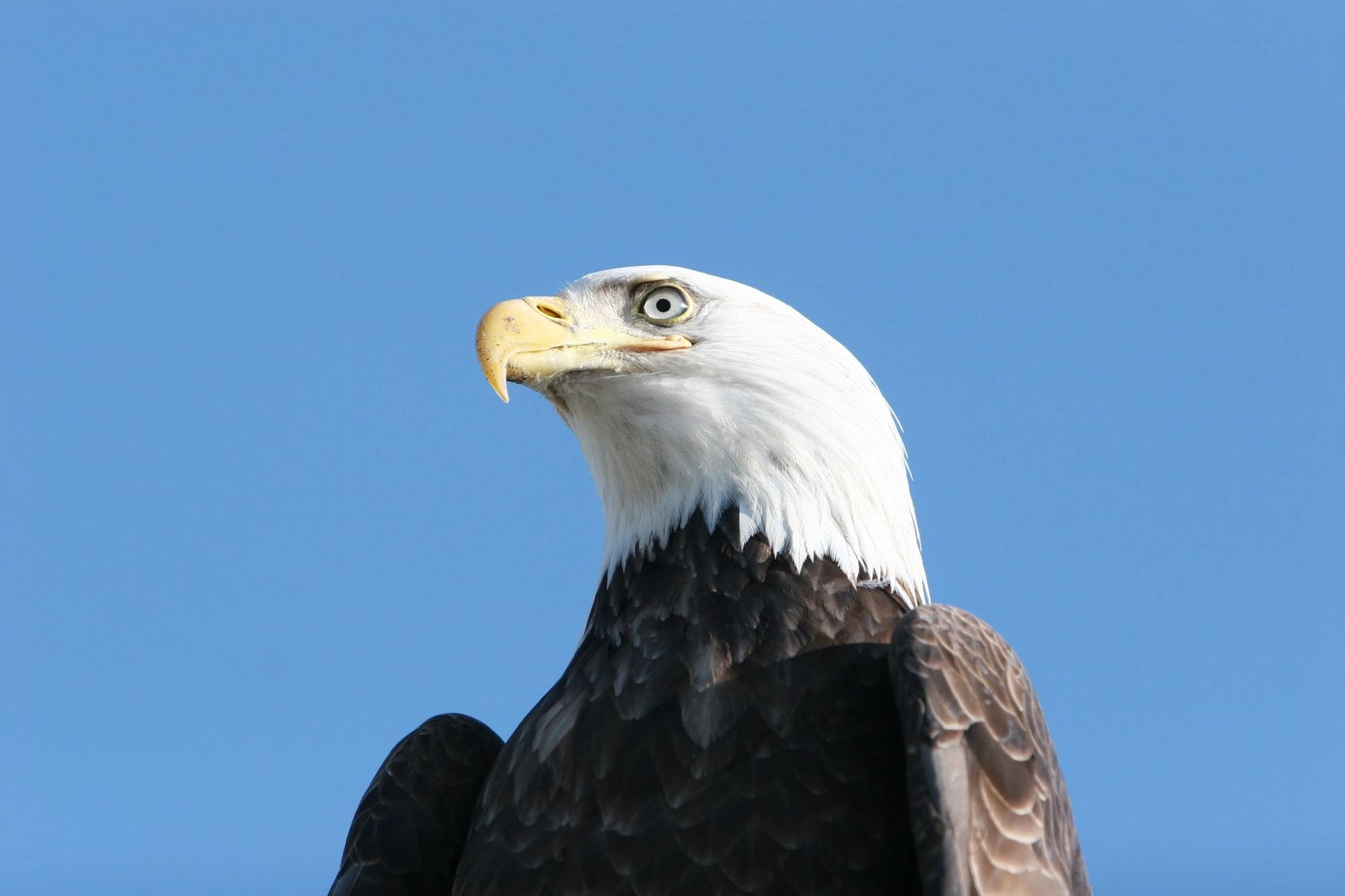
2024 Spring Count Shows Bald Eagle Population Thriving in Ohio
Article Presented By Classic Brands…
(Columbus) – As Ohioans prepare to celebrate Independence Day, they can rest assured that the bald eagle, a symbol of our nation, is doing well in the Buckeye State. The 2024 annual spring survey showed a robust estimate of 841 active eagle nests, according to the Ohio Department of Natural Resources (ODNR) Division of Wildlife.
Last year, biologists estimated 910 nests in Ohio. Although the number of estimated nests is lower in 2024, key indicators suggest that Ohio’s bald eagle population is resilient and continues to thrive. The average nest success rate, which is the number of nests that have eggs or eaglets, this year was 82%, compared to 48% in 2022 and 73% in 2023. The number of eaglets per active nest was 1.6 in 2024, which is higher than 2022 (0.8) and 2023 (1.2).

A bald eagle surveys the land from above, perched in its nest.
The Division of Wildlife’s 2024 bald eagle nesting survey consisted of flying five blocks, each roughly 10 square miles, to search for eagle nests in woodlots and along rivers. Two of the blocks, one near Sandusky on Lake Erie and the other over Mosquito Creek Wildlife Area in northeast Ohio, are flown every year. The other three blocks are rotated each year. In 2024, the rotating blocks were located along the Maumee River (Defiance/Henry counties), around Grand Lake St. Marys (Mercer/Auglaize counties), and around Killbuck Marsh Wildlife Area (Wayne County).
Bald eagle management by the Division of Wildlife includes habitat conservation with an emphasis on wetlands and wooded river corridors, working with rehabilitators who help injured birds, and enforcing state and federal protection.
Bald eagles prosper in spaces with clean water and fish, which is their preferred diet. Lake Erie and other large waterbodies host the highest number of eagles because of easy access to food resources. All Ohioans can report a bald eagle nest at wildohio.gov or through the HuntFish OH mobile app.
As with many of Ohio’s native wildlife species, bald eagles require specific habitat conditions to flourish. Bald eagle habitat protection and research is funded by the sale of bald eagle conservation license plates, income tax check-off donations to the Endangered Species and Wildlife Diversity Fund, and sales of the Ohio Wildlife Legacy Stamp. Learn how to support Ohio’s magnificent wildlife at wildohio.gov.
The bald eagle was once an endangered species, with only four nesting pairs in Ohio in 1979. Thanks to partnerships between the Division of Wildlife, Ohio zoos, wildlife rehabilitation facilities, concerned landowners, and conservationists its population increased. After much hard work and continued conservation, the bald eagle was removed from the federal list of threatened and endangered species in 2007, and from Ohio’s list in 2012.
Bald eagles are protected under state law and the federal ‘Bald and Golden Eagle Protection Act,’ making it illegal to disturb these raptors. When viewing these majestic birds, remember to respect the bird’s space and stay at least 100 yards away. Disturbing bald eagles at the nest site could lead the pair to abandon the eggs.



























